Proof vs Uncirculated Coins: A Clear Guide to Determine Value
Are you wondering how proof vs uncirculated coins differ? This guide will clearly explain the differences and help you understand their unique characteristics, production processes, and value. Whether you're a new or seasoned coin collector, knowing these distinctions in business can...
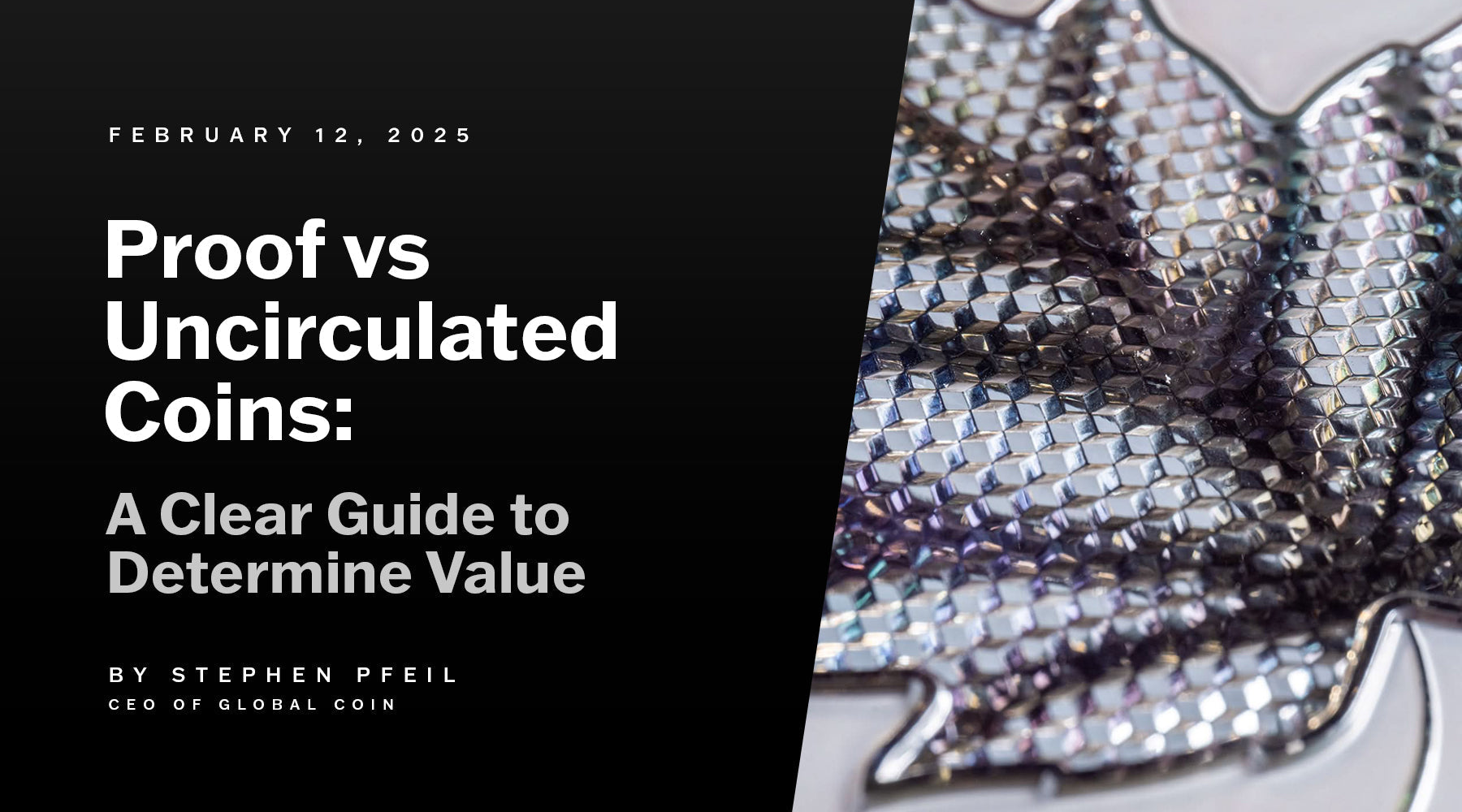
Are you wondering how proof vs uncirculated coins differ? This guide will clearly explain the differences and help you understand their unique characteristics, production processes, and value. Whether you're a new or seasoned coin collector, knowing these distinctions in business can enhance your assortment and investment decisions.
-
Proof coins are rarer and feature a mirror-like finish due to a meticulous double-striking process, making them highly desirable to collectors.
-
Uncirculated coins are produced in larger quantities, maintaining their original state and offering a more affordable option for collectors while still holding significant value.
-
Both proof and uncirculated coins share a pristine condition and high collector demand, impacting their rarity and market stock value.
Understanding Proof Coins

Proof coins hold a unique place in the world of coin collecting. Initially created as test coins, a proof coin is now produced exclusively for collectors due to their distinctive characteristics and rarity. This transition from practical tools to coveted souvenir highlights their enduring appeal.
One of the most striking features of proof coins is their exceptionally mirrorlike finish, which sets them apart from other coin types. This reflective surface is achieved through a meticulous minting set process that involves polished dies and higher striking pressure. The result is a coin with finer features and a stunning visual appeal that is hard to match.
Struck with hand polished dies and under higher pressure, modern proof coins feature a distinctive reflective surface and finer features. These coins are not just beautiful; they are a testament to the artistry and precision of the minting set process. Collectors cherish proof coins for their beauty, rarity, and the craftsmanship they embody.
What Makes Uncirculated Coins Unique?

Uncirculated coins, as the name suggests, are coins that have never been in circulation. They are free from any wear or scratches that might affect their appearance and value. This pristine condition makes them highly desirable among customers who seek circulating coins that retain their original beauty and integrity.
Unlike proof coins, categories of non proof coins retain their original finish without undergoing the extensive polishing that proof coins receive. This means they have a more natural look, with a finish that reflects the coin's original state as it left the mint set. However, they are not without imperfections; common issues include bag marks and other minor blemishes that occur during the minting set process, including these and proof coins.
Uncirculated coins are graded on a scale ranging from About Good to Perfect Uncirculated, with a detailed 13-level Mint State (MS) system used to evaluate their condition. Although they are minted set in greater numbers than proof coins, uncirculated coins can still be quite valuable thanks to their pristine appearance and the occasional presence of minor flaws. This balance of availability and quality makes them especially appealing to collectors. The Eisenhower dollar, in particular, is a popular uncirculated coin that attracts both beginners and seasoned numismatists. Whether you're just starting or expanding your own acquisition, the Eisenhower dollar offers an accessible yet rewarding addition.
Production Differences Between Proof and Uncirculated Coins
The production processes for proof and these coins differ significantly, contributing to their unique characteristics and value. Proof coins are struck twice by the same die, a process that results in a highly polished finish and sharper features. This double strike, combined with hand polishing and careful packaging, ensures that proof coins are of the highest feature.
In contrast, these coins are produced under controlled conditions designed to prevent wear and scratches. These coins are struck only once during their production, which means they do not receive the same level of detail and polish as proof coins. However, this single strike process allows for the production of larger quantities, making these coins more accessible.
Despite these differences, both proof and these coins are created with the utmost care packaging to ensure they remain in pristine condition. The meticulous production of proof coins emphasizes characteristics and detail, while the controlled environment of these coin production focuses on maintaining their original mint set state. Understanding this distinction in the production process is essential to appreciating the unique value and appeal of these two coin types, especially when highlighted on a website.
Visual Distinctions: Proof vs. Uncirculated

When it comes to visual appeal, proof and these coins each have their own unique characteristics. Proof coins are known for their sharper edges and smoother areas, which result from the multiple strikes they undergo during production. This process aims to create a mirror-like finish, making proof coins stand out with their reflective surfaces and intricate features.
In contrast, these coins, while still visually appealing, do not have the same mirror-like shine as proof coins. They possess a shinier finish than circulated coins but may exhibit slight blemishes due to the minting set process. These coins typically have a matte finish, which gives them a different kind of visual appeal to customers.
Overall, the visual distinction between proof and these coins is evident in their finish and detail. Proof coins, with their reflective background and matte foreground, offer a near-perfect condition that appeals to collectors seeking the highest characteristics. These coins offer a mint-set appearance with a naturally preserved finish, making them an attractive choice for collectors who value the coin's original condition. This feature is clearly highlighted in the cart description to help buyers make informed decisions.
Collecting and Investing: Proof Coins

Proof coins are highly valued by collectors due to their rarity and meticulous craftsmanship. These coins are deliberately produced in smaller quantities, which contributes to their higher collector's premium compared to other coins. The limited production and careful attention to detail make proof coins a prized addition to any assortment.
The visual appeal of proof coins is another factor that makes them sought after. Made using specialty blanks that undergo additional finishing processes, proof coins are designed with intricate artistry and precision. This level of craftsmanship results in coins that are not only beautiful but also carry minimal flaws, thanks to the high-quality control standards during production.
Proof coins often come in special protective packaging, which helps preserve their characteristics and enhances their value. These coins are considered suitable for gifting due to their aesthetic appeal and rarity. For collectors and investors, proof coins represent a combination of beauty, rarity, and enduring value, making them a wise choice for long-term investment.
Collecting and Investing: Uncirculated Coins

These coins offer significant value and investment potential, thanks to their mint set condition and accessibility. These coins maintain their value well, especially when kept in security packaging case, ensuring they remain in pristine condition. The potential for value increase makes these coins an attractive option for collectors and investors.
Both proof and uncirculated coins are commonly assessed based on their quality, with higher grades significantly enhancing their appeal and market value. Collectors are particularly attracted to uncirculated coins due to their immaculate condition, which sets them apart from circulated pieces that typically show signs of handling and wear. The 1977 uncirculated coin set, featuring standout pieces like the Washington quarter and Roosevelt dime, holds strong potential among enthusiasts. Its pristine condition adds to its desirability, especially when coins such as the Roosevelt dime and Washington quarter remain untouched by circulation, making the set even more valuable to discerning collectors.
The market value of these coins can also be influenced by external factors such as the price of gold or silver. This makes them a viable option for investors looking for quick returns. Overall, these coins offer a balance of characteristics, accessibility, and investment potential, appealing to a wide range of collectors and investors.
Similarities Between Proof and Uncirculated Coins
Despite their differences, proof and these coins share several key similarities that make them desirable to collectors. Both types of coins are produced without being released into circulation, ensuring they remain in pristine condition. This untouched state is a significant factor in their value and appeal.
Both proof and uncirculated coins are commonly assessed based on their feature, with higher grades significantly enhancing their appeal and market value. Collectors are especially attracted to these coins due to their exceptional condition, setting them apart from circulated versions that typically show signs of wear. This flawless preservation adds to the allure and investment potential of sets like the 1977 uncirculated coin set value. In particular, a high-grade Washington quarter from this set can be quite desirable, with another Washington quarter in pristine condition further elevating the set's overall value.
The pristine condition and rarity of both proof and these coins make them highly sought after by collectors. Whether you are drawn to the mirrorlike shine of proof coins or the mint set condition of these coins, both types offer a unique combination of beauty and value that appeals to a wide range of coin enthusiasts.
Rarity and Value Comparison
When comparing the rarity and value of proof and these coins, there are several factors to consider. Proof coins are rarer than these coins because they are minted set in smaller numbers, with only 5-20% of these coins in a series being proof coins. Their lower site production volume plays a key role in driving up their market value.
These coins, while less rare than proof coins, can still command significant prices, especially older these coins that are harder to browser. Their easier production methods and larger quantities make them less expensive than proof coins, but they still hold considerable value due to their mint set condition.
Collector demand plays a crucial role in the market value of both proof and these coins. The unique characteristics, rarity, and characteristics of these coins drive their desirability among collectors and investors, influencing their market prices. Understanding these factors can help you make informed decisions when adding proof or these coins to your collection or investment portfolio.
Historical Context and Evolution
Proof coins have a rich history, originally created as samples for die testing and archival purposes. Over time, their unique characteristics and rarity led to their evolution into highly collectible items. The production of proof coins typically involves a longer manufacturing time compared to these coins, reflecting the meticulous attention to features and quality control that defines them.
The historical context of proof and these coins reveals their development within the numismatic community. As collectors began to appreciate the distinct features and craftsmanship of proof coins, their popularity grew, leading to their current status as prized souvenir. These coins, on the other hand, maintained their appeal due to their mint set condition and accessibility, offering collectors a different but equally valuable option.
Understanding the historical evolution of proof and these coins provides valuable insights into their significance and enduring appeal. These coins are not just pieces of metal; they are artifacts of history, craftsmanship, and the enduring human fascination with beauty and rarity.
Which Should You Choose?
Deciding between proof and these coins ultimately depends on your personal investment goals and collecting interests. If you are drawn to the aesthetic appeal and rarity of coins, proof coins may be the right choice for you. Their limited production and intricate design make them ideal for long-term investments and special gifts.
On the other hand, if you are looking for a more affordable option with significant potential for quick profit, these coins might be more suitable. These coins are generally cheaper and more accessible, making them an excellent choice for new collectors or customers looking to diversify their collection.
Ultimately, the right choice aligns with your preferences and objectives. Whether you choose proof or these coins, both types offer unique benefits and the potential for value appreciation, making them worthwhile additions to any collection or investment portfolio.
Global Coin: Elevating Collecting with Exclusive, Investment-Grade Coins
At Global Coin, we provide collectors with exclusive entrance to rare, high-value proof and uncirculated coins. Whether you're drawn to the mirror-like brilliance of proof coins or the untouched beauty of these coins, Global Coin ensures that every acquisition has value potential. Unlike mass-market dealers, our exclusive relationships grant our clients privileged access to scarce, graded coins, making every purchase a testament to features, authenticity, and long-term value.
Proof vs. Uncirculated Coins: Global Coin's Commitment to Investment-Grade Collectibles Items
At Global Coin, we understand that proof and these coins offer buyers and sellers distinct advantages, from exquisite craftsmanship to untouched mint-state preservation. This blog browsing the key differences between proof and uncirculated coins items, reinforcing why both hold significant numismatic and investment value. With proof coins prized for their mirror-like finishes and limited mint set , and uncirculated coins offering pristine, high-grade affordability, Global Coin navigates exclusive enter to rare, certified specimens. Our commitment to authenticity, expert grading, and premium selection ensures that whether you seek the brilliance of a proof coin or the historical integrity of an uncirculated piece, your investment is secure, valuable, and positioned for long-term appreciation.
In summary, both proof and these coins offer unique attributes that make customershighly desirable to collectors and investors. Proof coins are renowned for their mirrorlike finish, intricate features, and limited production, which contribute to their higher market stock value and collector's premium,. On the other hand, denomination of uncirculated coins are valued for their mint set condition, account, accessibility, and potential for quick returns.
Understanding the production processes and visual distinctions between these two coin types can help you appreciate their craftsmanship and decide which type aligns best with your interests. Proof coins undergo a meticulous production process involving multiple strikes and hand polishing, resulting in a highly reflective and featured completing. Bought these coins, although produced in larger quantities, maintain their original mint set finish and are free from the wear and scratches common in circulating coins,.
Whether you are captivated by the stunning craftsmanship of proof coins or appreciate the affordability and appeal of regular issues, both types present valuable opportunities for collectors and investors alike. By understanding their key differences and shared qualities, especially when exploring coins from significant periods like the bicentennial year, you can make smarter choices that enrich your own collection and potentially boost your investment returns.
Frequently Asked Questions
How do you tell if a coin is a proof?
To determine if a coin is a proof, examine it for a frosted, sculpted foreground and a sharply defined, intricate design. These features the denomination that indicate that the coin likely has proof feature.
Can proof coins be circulated?
Proof coins are not designed for circulation and are typically kept as souvenir rather than used as everyday currency. They differ from uncirculated coins, which are intended for potential use in transactions.
What are the main differences between proof and uncirculated coins?
The main difference between proof and uncirculated coins lies in their production process; proof coins are struck multiple times with polished dies for a mirrorlike finish, while uncirculated coins are struck once and maintain their original mint set finish. This distinction results in proof coins having a more featured and refined appearance compared to their uncirculated counterparts.
How does the rarity of proof coins compare to uncirculated coins?
Proof coins are indeed rarer than uncirculated coins, typically minted set in smaller quantities, which often significantly enhances their market value. As only a small percentage of uncirculated coins in a series are proof coins, their scarcity makes them more sought after by collectors.
Are uncirculated coins a good investment?
Uncirculated coins can be a good bought to a acquisition because they have the potential for value appreciation. Their accessibility and affordability make them appealing to both novice and experienced collectors.
Related Articles

Tax Implications When You Sell Gold Bullion in Different States
Disclaimer: The following content is for informational purposes only and should not be construed ...
Discover More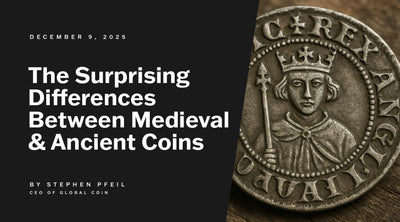
The Surprising Differences Between Medieval and Ancient Coins
Hi, I’m Stephen Pfeil, founder of Global Coin. For more than 25 years, I’ve handled tens of thous...
Discover More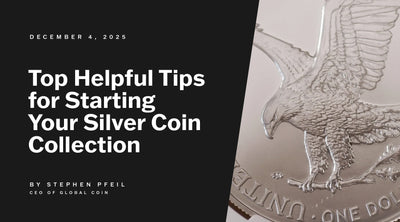
Top Helpful Tips for Starting Your Silver Coin Collection
Let me walk you through how I started my silver coin collection—and how you can too, with clarit...
Discover More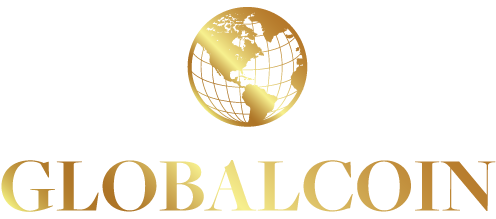


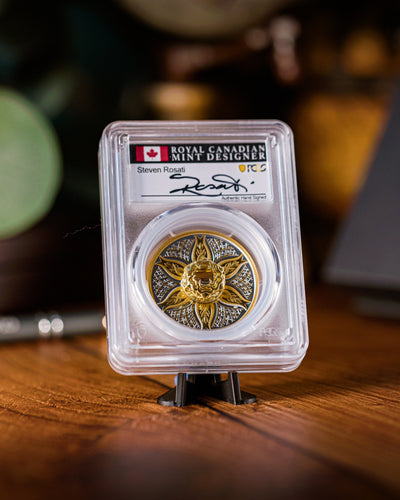
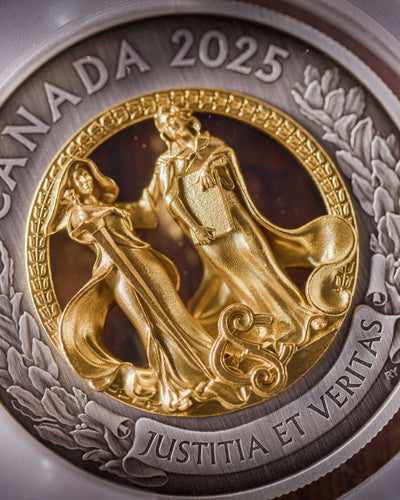

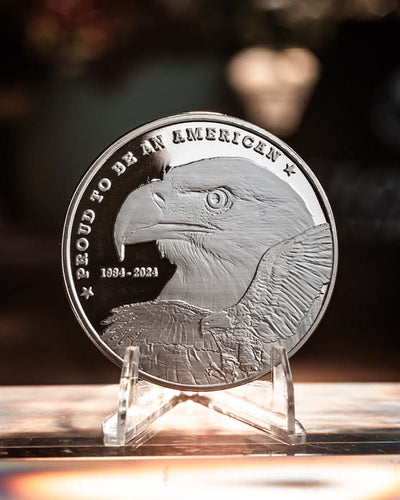
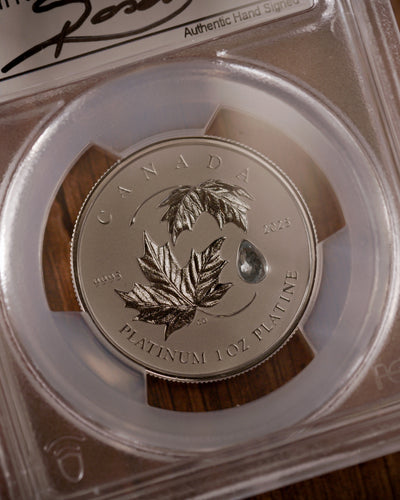

Leave a comment
This site is protected by hCaptcha and the hCaptcha Privacy Policy and Terms of Service apply.